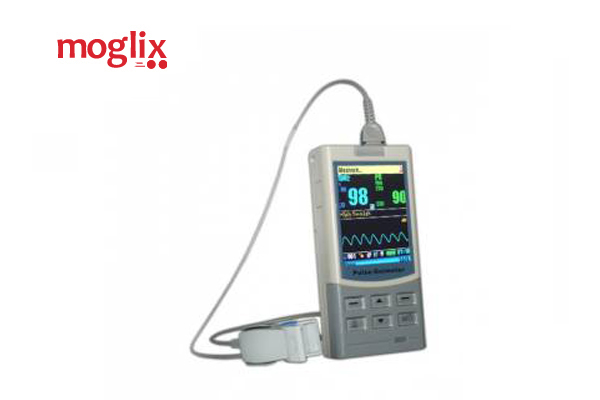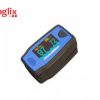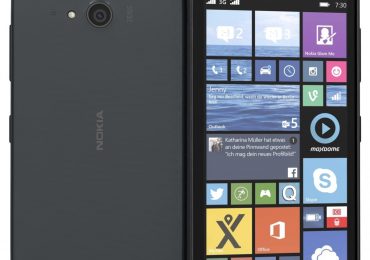A pulse oximeter is a device widely used in the medical industry and becoming increasingly popular among the general public. The device is used for scaling oxygen saturation of blood in a patient’s body. They run an arterial blood diagnosis which helps in determining the ration of oxygen present in the patient’s blood. The device is attached to the patient’s body where the blood flow is assumed to be substantial. Generally, ideal body parts for conducting a pulse oximeter test are fingertips, toes, ear lobes etc. The results can be seen immediately using the latest technology in pulse oximeters.
The functionality of a pulse oximeter is intricate. The device utilizes infrared beams and red lights to determine the amount of oxygen present in the patient’s blood. The hemoglobin which carries the oxygen will absorb more infrared light than other elements. However, the red lights will not be influenced by hemoglobin carrying oxygen but by those which contain little oxygen.
The red light will pass through hemoglobin containing considerable amounts of oxygen. The count of hemoglobin with oxygen and hemoglobin without oxygen will be calculated by the device and the output will be displayed on a digital screen. The normal amount of oxygen present in the blood is between 90 and 100 saturation.
The pulse oximeter is the brainchild of Milliken and was first developed in the 1940s. However, the device was widely remade during the 1970s. The traditional pulse oximeter had some drawbacks. With traditional devices, the accuracy was influenced by improper or slow blood circulation. To rectify this issue, arterial blood gas diagnosis was required to make the proper medical decisions and determine the accuracy of the pulse oximeter results.
READ: Top 5 Pulse Oximeters that You Can Buy | Diagnostic Instruments
These tests have been made easy and accurate due to the latest in technological advancements. There are various types of pulse oximeters available on the market. With a wide range of sizes and functionality, it has become a difficult and daunting task to find the right one for the right job.
Top benefits of using a pulse oximeter
Most healthcare facilities and doctors use advanced units which not only scale the amount of oxygen in the blood but also store results of patients who have been seen. This helps in understanding whether the amount of oxygen is increasing or decreasing in the patient. This recording style of device eliminates the need for writing down readings each time a scan is conducted. These units are user-friendly and can be operated with very little training. Every unit includes a user manual which will also aid in the efficient operation of the device. If you find it difficult to use any function of the device, you can always refer to the user guide.
Pulse oximeters, in recent years, have become more readily available allowing the average person to determine the oxygen level of their blood. It is a common misperception that pulse oximeters are too costly for the average person. However, these devices are considerably less expensive than just a few years ago and can be purchased by the public.
Detecting health issues in their infancy is critical to long-term good health. With the help of affordable and portable pulse oximeters, blood issues can be detected more easily in their initial stages.







